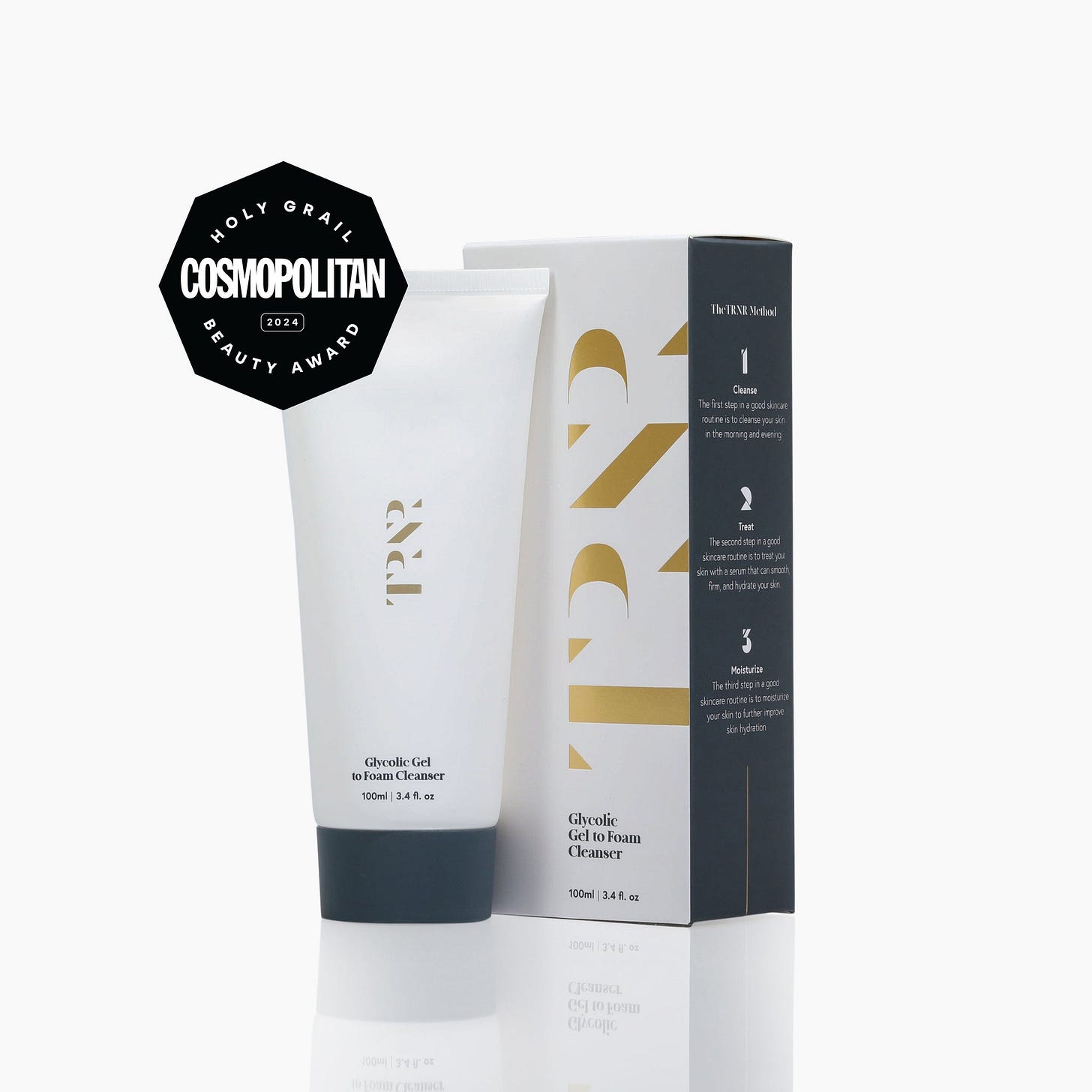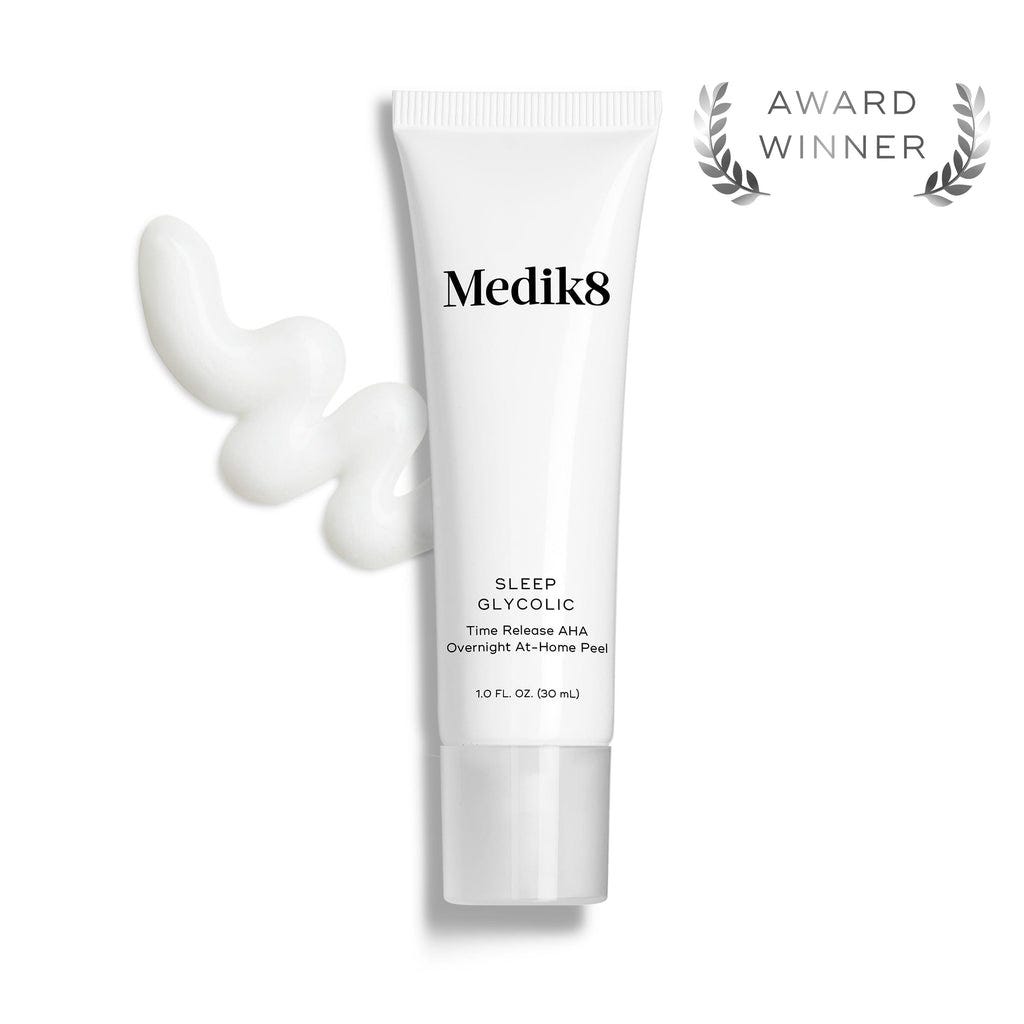Listen, I get it.
When winter hits and your skin starts looking like it's auditioning for a role in a desert documentary, the urge to scrub away those flakes becomes overwhelming.
This same thing happened to me, especially during January when I felt like my skin was cracking open from dryness no matter how hyaluronic acid, moisturizer, and oil I was lathering on my body after a shower.
So, before you reach for that exfoliant, let's talk about what's actually happening to your skin in winter, and why your usual exfoliation routine might need a strategic update.
The Science of Winter Skin
Winter wreaks havoc on your skin's barrier function.
When temperatures drop below freezing and humidity levels plummet, your skin's protective lipid bilayer becomes compromised.
Think of your lipid bilayer as a brick wall - in optimal conditions, it keeps moisture locked in and environmental stressors out.
During winter, gaps start forming between these "bricks," allowing moisture to escape more easily.
At a molecular level, cold temperatures slow down the enzymes responsible for your skin's natural exfoliation process (aka desquamation).
Your natural moisturizing factors (NMFs) struggle to bind water molecules in this dry environment, and ceramide production takes a hit.
The visible result? Dull, flaky skin that feels tight and looks lackluster.
The interesting part?
Your skin actually slows down cell turnover as a protective mechanism.
While this might seem counterintuitive when you're dealing with flakes, it's your skin's way of maintaining some barrier function in harsh conditions.
Types of Exfoliation in The Winter
Let's break down how different exfoliants interact with winter-stressed skin.
Chemical Exfoliants
AHAs (glycolic, lactic, mandelic acids) work by dissolving the bonds between dead skin cells.
During winter, their penetration can be unpredictable - compromised barrier function might mean they penetrate too deeply, while dehydrated skin layers could prevent effective penetration altogether.
Glycolic acid, with its small molecular size (76 Daltons), can be particularly tricky in winter.
Larger molecules like mandelic acid (152 Daltons) often provide gentler exfoliation, and I like them for people with sensitive skin.
TNR’s Glycolic Acid cleanser or Medik8’s Glycolic Sleep Mask can be a good choice.


BHAs (salicylic acid) are oil-soluble and penetrate into pores.
The good news?
They also have anti-inflammatory properties, making them surprisingly gentle for winter use when properly formulated.
Look for concentrations between 0.5-1% rather than the standard 2% for winter months.
I like Paula’s Choice 2% BHA.

PHAs (gluconolactone, lactobionic acid) deserve special attention for winter exfoliation.
Their larger molecular structure (around 240 Daltons) means slower penetration and built-in humectant properties.
Translation? Gentle exfoliation plus hydration - exactly what winter skin needs.
I don’t love PHAs as much, but I’d say Medik8’s Press and Glow Tonic is a good option.

Physical Exfoliation
Manual scrubs and brushes can be harsh on compromised winter skin.
Those popular "gentle" scrubs with perfectly round beads?
Even these can disrupt your already stressed barrier.
If you absolutely must physically exfoliate, you might want to stick to softer cloths or ultra-fine enzyme powders that dissolve on contact with water.
That said, you know yourself best.
If your skin can handle it, go for it.
Winter Exfoliation Strategy
Frequency is everything during winter.
While your summer skin might happily tolerate exfoliation 3-4 times a week, winter calls for a more conservative approach.
Scale back to 1-2 times weekly, and pay attention to environmental factors.
Planning to ski all weekend?
Skip the exfoliation for a few days before and after.
Timing matters too.
Unlike summer when morning exfoliation can be refreshing, winter exfoliation works best at night.
This gives your skin time to repair and rebuild its barrier function while you sleep, protected from harsh environmental factors.
Product layering becomes crucial.
After exfoliating, you have a 60-90 second window where your skin is most receptive to other active ingredients.
Layer your hydrating products from thinnest to thickest within this window. For example:
Hydrating toner (I like Hanni’s Water Balm, but I don’t use it on my face. I usually use Medik8’s Liquid Peptides on my face since it doubles as a hydration serum and an anti-aging one)
Treatment serums (this is dependent on what you’re trying to treat)
Moisturizer with barrier-supporting ingredients (I love Mirror Skin’s moisturizer, but CeraVe’s Moisturizing Cream is a good winter budget option)


Occlusive layer if needed (I use Nerra’s Dry Body Oil on my body and True Botanicals Pure Radiance Serum or BloomEffects Moisturizing Nectar on my face)
Signs you've overdone it:
Your skin feels tight or "squeaky" clean
Increased sensitivity to products that normally don't irritate
Shiny but dry appearance
Burning or stinging sensation
Unusual redness or blotchiness
Chill Out, Don't Flake Out
When winter rolls around, it's super important to change how you take care of your skin, especially with exfoliating.
Going overboard can really upset your skin's protective barrier—kind of like forgetting your coat on a super cold day.
Keep these tips in mind like your favorite winter hat: exfoliate the right way, keep your skin hydrated, and always protect it.
By adjusting your skincare for the colder months, your skin will stay healthy and bright—even when it's freezing out.
This winter, make sure the only thing sparkling is your positive spirit, not your flaky skin!
Cheers,





